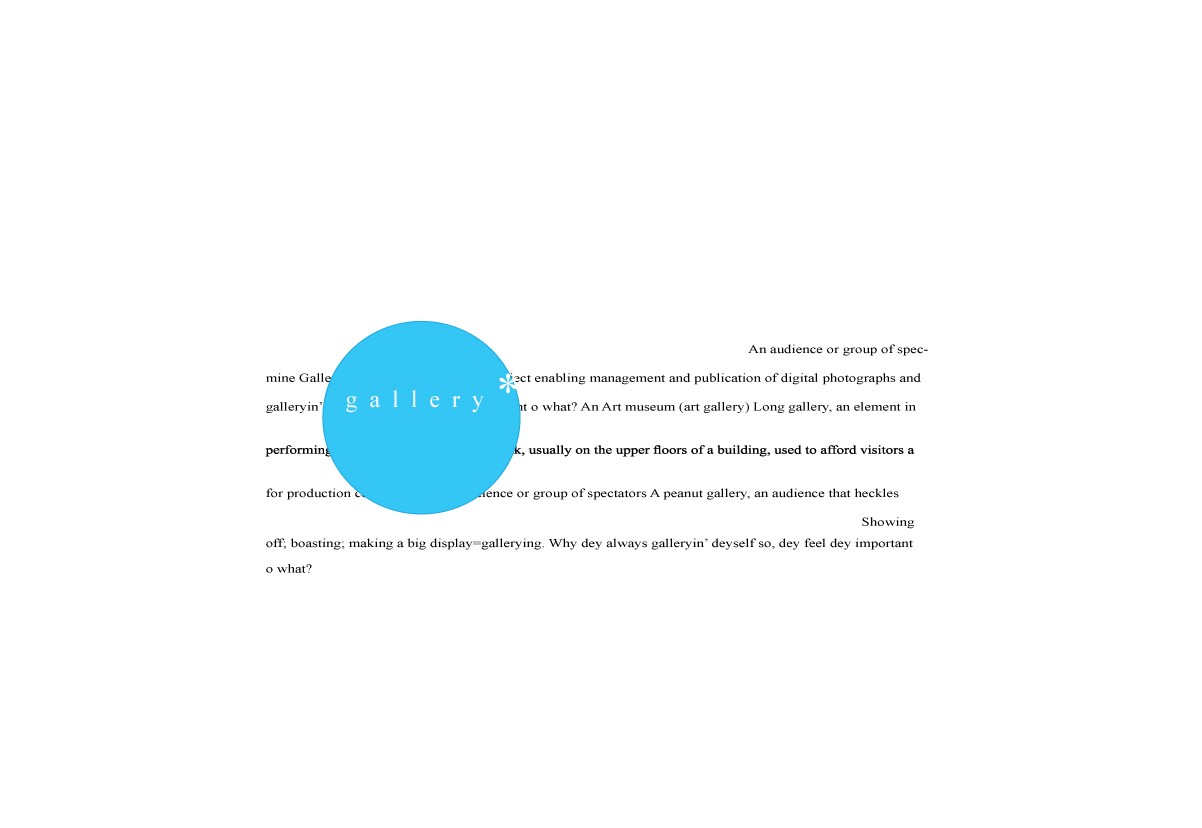To be in the margin is to be a part of the whole but outside of the main
body. As black Americans living in a small Kentucky town, the railroad tracks were a daily reminder of our marginality. Across those tracks were paved streets, stores we could not eat in, and people we could not look directly in the face. Across those tracks was a world we could work in as maids, as janitors, as prostitutes, as long as it was a service capacity. we could enter that world but we could not live there.
We had always to return to the margin, to cross the tracks, to shacks and
abandoned houses on the edge of town. There are laws to ensure our return. To not return was to risk being punished.
Living as we did - on the edge- we developed a particular way of seeing
reality. We looked both from the outside in and from the inside out.
We focused our attention on the center as well as on the margin. We
understood both. This mode of seeing reminded us of the existence of a
whole universe, a main body made up of both margin and centre. Our survival depended on an ongoing public awareness of the separation between margin and center and an ongoing private acknowledgement that we were a necessary, vital part of that whole.
This sense of wholeness,impressed upon our consciousness by the
structure of our daily lives, provided us an oppositional world view - a mode of seeing unknown to most of our oppressors that sustained us, aided us in our struggle to transcend poverty and despair, strengthened our sense of self and our solidarity.
_bell hooks
Feminist Theory:From Margin to Center
Thursday, November 11, 2010
Subscribe to:
Post Comments (Atom)

No comments:
Post a Comment